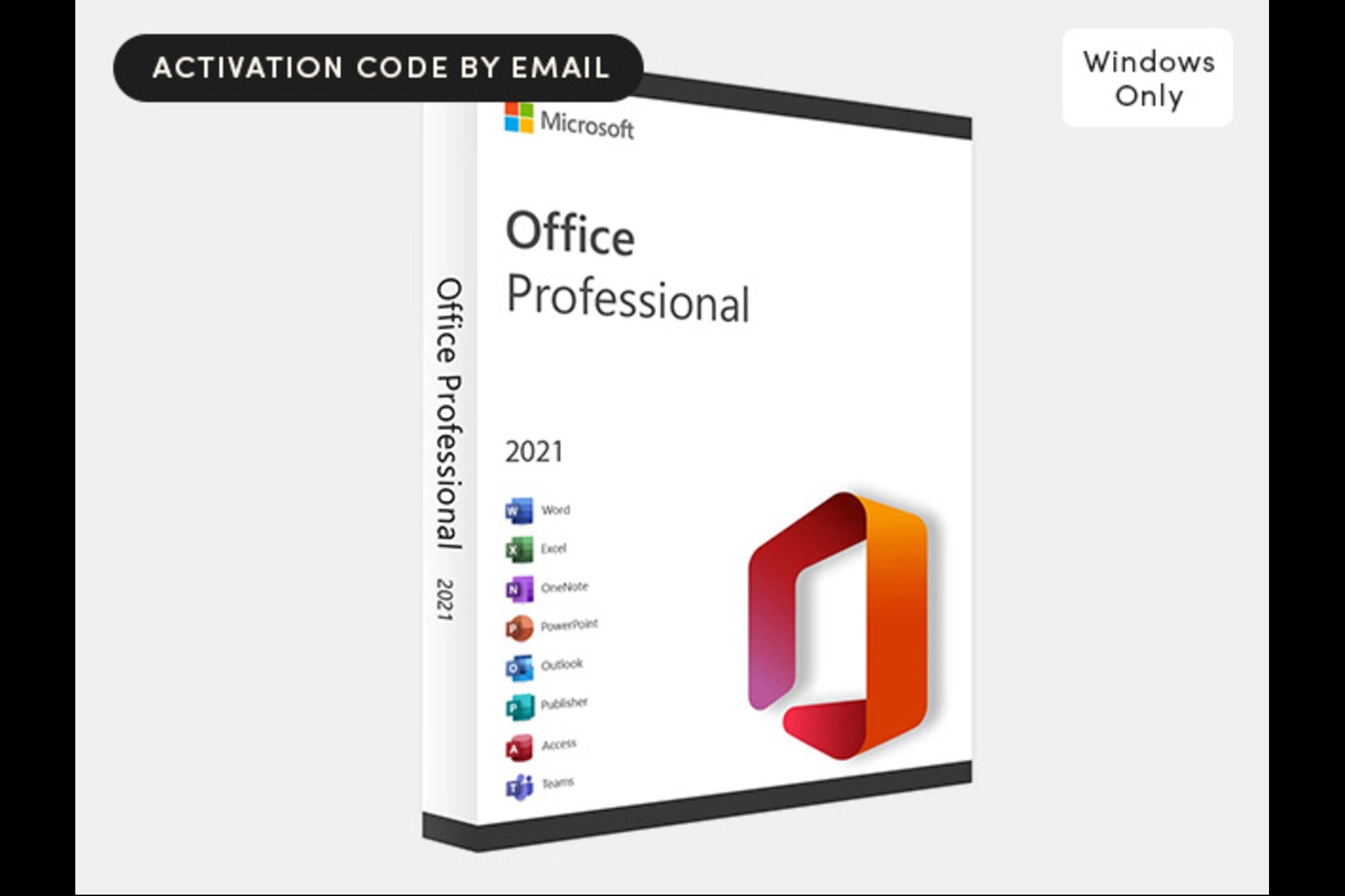Exposed: The 5 Power Moves You Must Make When Your Boss Crosses the Line – Protect Your Career and Win Big!
Ever caught yourself wondering what it really means to blow the whistle at work? Is it courage—or just plain ‘snitching’? Here’s the deal: when an employer crosses the line—whether it’s shady corporate hanky-panky or outright illegal mischief—someone’s got to step up. But let’s be honest, stepping into the whistleblower arena isn’t exactly a walk in the park. It’s tricky terrain, full of pitfalls and uncertainties, especially if this topic rarely makes the office water cooler rounds. So how do you navigate this minefield without blowing up your career? Lucky for you, I’m breaking down five crucial steps that’ll help you call out wrongdoing with your back covered—and maybe even your peace of mind intact. Ready to play it smart and safe when it matters most?

Blowing the whistle can raise the alarm when an employer participates in misconduct. This could range from crime and corporate negligence to law-breaking and malpractice. While there are numerous connotations associated with whistleblowing, with some even perceiving it as a form of snitching, laws are in place to protect those who speak out.
But this can still be a precarious situation to maneuver. It is not a topic commonly discussed in the workplace, so employees may be unsure how to proceed when they witness an employer’s wrongdoing. To help you act accordingly, this post outlines five key steps to follow when blowing the whistle.
Document the Incident
When you witness wrongdoing in the workplace, the first step is to gather the relevant details. This is a crucial aspect as it creates a contemporaneous record that will serve as evidence for potential investigations or legal action. Documenting the incident could protect you from employer retaliation or unfair dismissal by establishing a reliable timeline of events.
The records you keep are critical for demonstrating to courts or investigators that you acted in the public interest and have a basis for your concerns when whistleblowing. With this in mind, it is essential to include all necessary information in your documented records. This will consist of the incident(s) you witnessed, who was involved or present, the date and time, and any other relevant details. You must be factual and specific when doing this.
A timeline can be established using the information, with events leading up to and including the incident. The events should be explained from start to finish as clearly as possible, and physical evidence like photos and screenshots should be included. All evidence must be stored securely in a place outside of the workplace.
Check for a Whistleblowing Policy
To ensure you understand your rights and follow the correct procedures, you must check if your employer has a whistleblowing policy. The policy can guide you on how to make a disclosure, what information you can share, how confidentiality is handled, and the potential support available to you. This can also hold the company accountable by helping to prevent corruption, fraud, and unethical behavior.
There are numerous locations to check when looking for a whistleblowing policy, such as the employee handbook, company intranet, or you might need to ask the human resources department. If you cannot find a policy, contact the Federal Mediation and Conciliation Service (FMCS) for free advice.
Report the Issue to the Company
If you witness your employer’s wrongdoing, report it directly to the company before proceeding to external agencies. This is often the quickest way to resolve the issue, and it will establish a paper trail that will benefit you if you take further action. Doing this demonstrates that you have attempted to resolve the issue internally in a professional manner.
As you have already gathered evidence and reviewed the company’s policies, you can then proceed to submit your concern in writing. Although this is not always necessary, an email or letter will create a formal record of the communication. You should include the details you have compiled within the document and reference the company’s whistleblowing policy.
Once written, this report can be sent to a senior manager who is not involved in the wrongdoing or your HR department. The whistleblowing policy may also specify an individual to contact, so please pay attention during this step.
Seek External Advice and Support
While you will have followed the correct procedure so far, obtaining additional advice from an outside party can be incredibly valuable. Common external bodies to contact include employment lawyers, FMCS, or trade unions. Not only will these individuals/organizations clarify your options, but they can also help you protect yourself from retaliation.
The advice you receive from support organizations will be confidential. FMCS can offer advice on a range of workplace issues, but the Whistleblower Protection Program has an advice line to obtain expert information on whistleblowing and possible retaliation. Alternatively, consider consulting with employment attorneys, such as HKM employment law specialists, for guidance on your rights and potential legal options.
Be Aware of Time Limits
Unfortunately, there are time limits that you must know about to prevent your legal claim from being permanently barred. Most whistleblowing claims in the US are subject to a three-month rule, minus one day, from the date of the detrimental action. If you do not act within this deadline, you lose the right to a legal remedy, even if your employer was clearly in the wrong.
External advice can help you with this matter, especially since the previously mentioned organizations will have specialized knowledge on the subject. Thankfully, a tribunal will examine whether there was a sufficient reason for the delays.
To conclude, after you witness an employer’s wrongdoing, there are numerous actions you need to take. It is essential to follow the correct procedure when whistleblowing, as outlined in this post, especially if you wish to hold your employer accountable.




















Post Comment